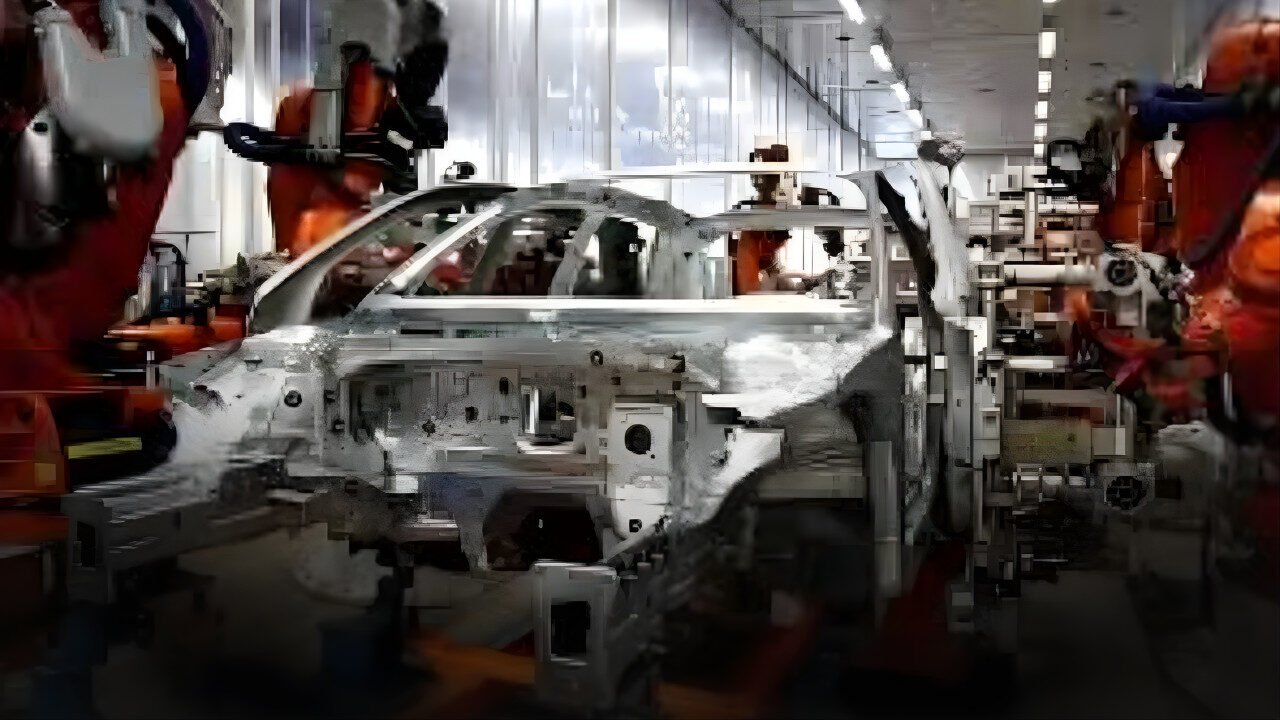By Qudsia Bano
Pakistan’s factories are humming again. The country’s industrial sector picked up real strength in the first quarter of FY2026 as large-scale manufacturing (LSM) expanded by 4.4 percent. The biggest gains came from the automobile, construction materials, and electrical goods industries — all showing that production lines are coming back to life and signaling steady Pakistan industrial growth.
Industrial Expansion in FY2026
According to the Finance Division’s Monthly Economic Update & Outlook for October 2025, twelve major sectors grew between July and August of FY2026. These included wearing apparel, non-metallic mineral products, food, electrical equipment, automobiles, and tobacco — a mix that shows both consumer and industrial demand are on the rise.
Mixed Performance Across Key Sectors
However, not everything moved in one direction. In August 2025, LSM rose by 0.5 percent compared to the same month last year, but output fell by 2.7 percent from July because of temporary supply issues and seasonal slowdowns.
Automobile Industry Drives Industrial Rebound
One sector that clearly stole the spotlight was automobiles. During July to September, car production jumped 74 percent, while trucks and buses rose an impressive 105 percent. Even jeeps and pickups surged by nearly 49 percent.
This surge, experts said, was made possible by smoother supply chains, relaxed import restrictions, and renewed consumer interest.
Construction and Cement Output Show Strong Momentum
Construction activity also built strong momentum. Cement dispatches climbed 16.2 percent to reach 12.2 million tonnes in the first quarter of FY2026. Domestic use increased by 15.1 percent, while exports jumped by 20.8 percent to 2.6 million tonnes.
Broader Industrial Confidence and Future Outlook
This reporter learned that the Finance Division linked these numbers to growing confidence in Pakistan’s industrial backbone, which benefited from steady energy supply, predictable policies, and moderate inflation. “Industrial recovery continues to anchor the overall growth trajectory,” the report said.
Beyond heavy industries, smaller but vital sectors like food processing, apparel, and tobacco manufacturing also made headway. Both local and global markets fueled higher demand, especially for garments and knitwear, which continued to perform strongly in exports.
Economists pointed out that the consistent growth in LSM could mark the early stages of a genuine industrial rebound after years of weak performance. “This momentum, if maintained, can translate into job creation and higher tax revenue,” one market analyst told this reporter.
The Finance Division added that this industrial rise was also supported by a steady flow of private-sector credit, allowing companies to expand working capital and invest in modern technology. Rising business confidence and stable economic conditions helped further strengthen production.
Looking ahead, the report predicted that Pakistan’s industrial growth would continue gaining ground, led by the automobile boom, construction projects, and export-driven industries. “The momentum in large-scale manufacturing will remain a key pillar of GDP growth during FY2026,” the report said.
Author Profile
-
Qudsia Bano is a financial correspondent focused on Pakistan's fiscal health.
Her reporting, driven by SBP data, tracks the country's vital foreign exchange reserves. Bano’s work highlights the central bank's success in stabilizing reserves near the $19-20 billion range, underscoring its crucial effort to maintain exchange rate stability.





